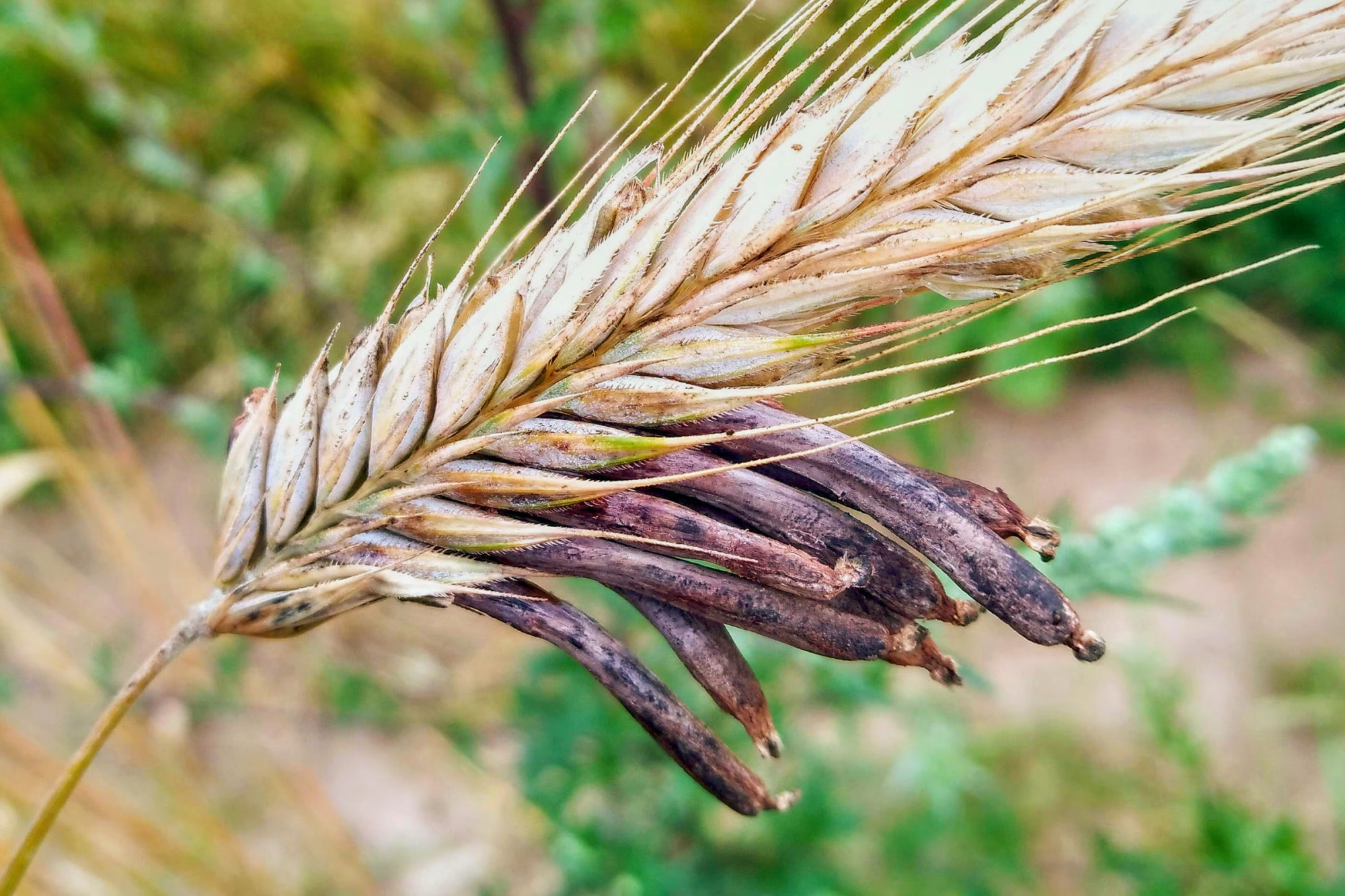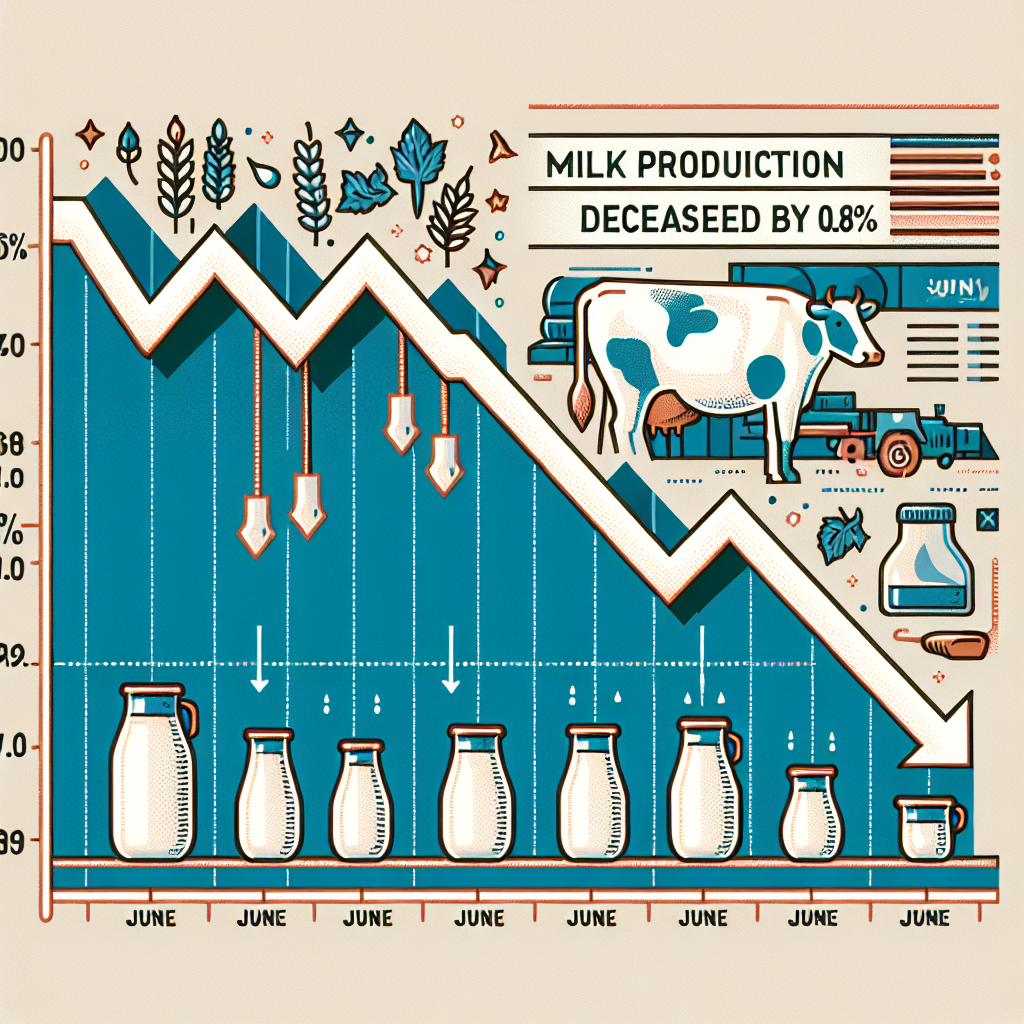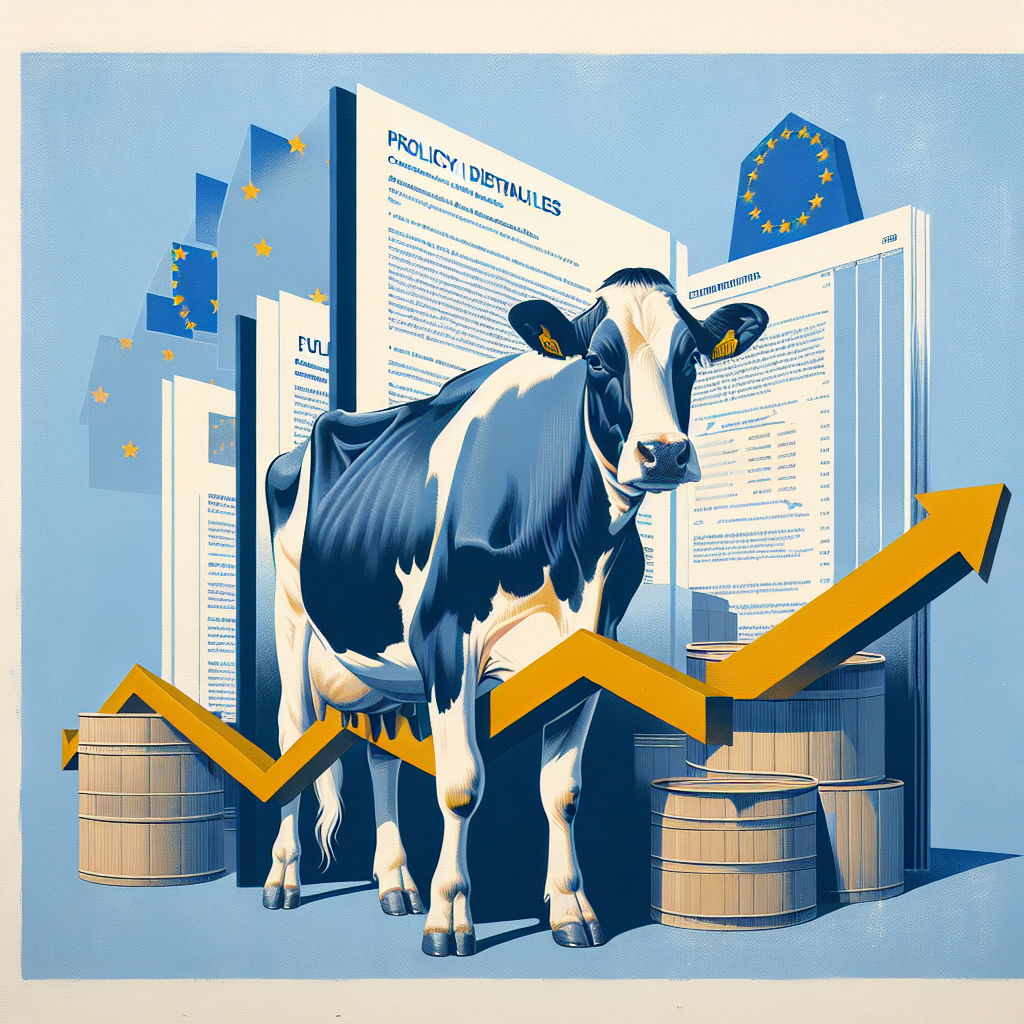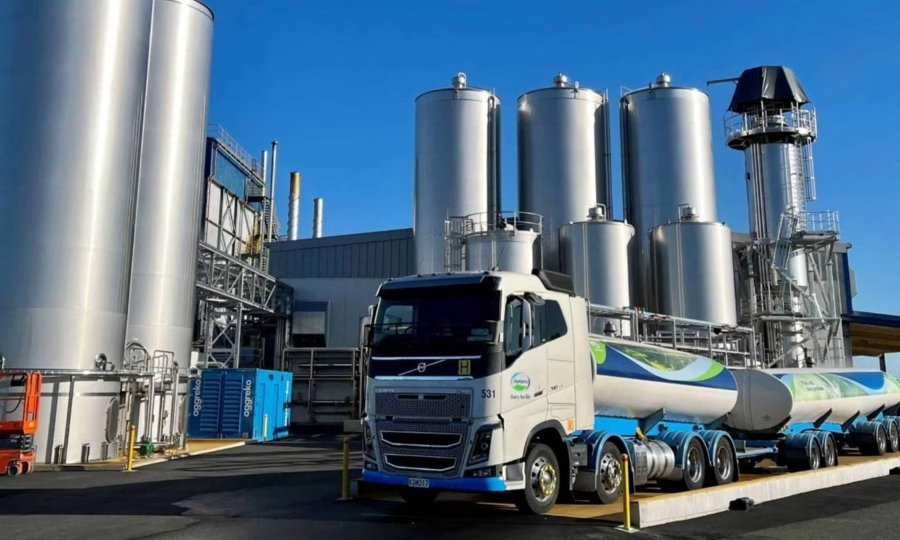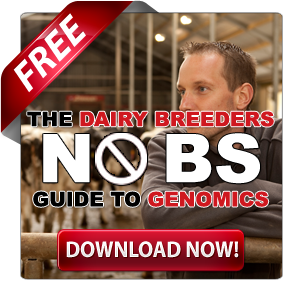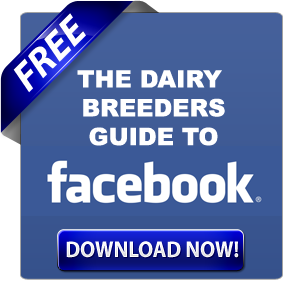Understand November 2024’s surprising milk production drop. How does this affect dairy markets and your farm’s future? Find insights and strategies here.
Summary:
The latest U.S. Milk Production report for November 2024 shows a 1.0% decline from the same month last year, contrasting sharply with the expected 0.2% increase. This marks the first year-over-year decline since June, largely due to California’s historic 9.2% production drop amid an avian flu outbreak affecting over 645 dairy herds. As California faces significant recovery challenges, other regions are seeing a modest 0.8% increase. These developments highlight a complex mix of supply and demand factors in the dairy market. Experts suggest that market volatility and fluctuations in consumer demand present potential risks and opportunities, emphasizing the importance of strategic realignment and adaptive strategies to maintain resilience. Meanwhile, California’s crisis has led to a 1% decrease in national milk production, totaling 17.2 billion pounds, raising concerns over U.S. dairy product availability and costs.
Key Takeaways:
- US milk production experienced a significant decline in November 2024, with overall output down by 1.0% compared to the previous year, signaling a deviation from expected growth patterns.
- California’s milk production dropped by an unprecedented 9.2%, largely attributed to the widespread avian flu, marking the largest year-on-year decrease for the state since records began in 1950.
- The rest of the US showed a modest increase in milk output by 0.8%, slightly below the forecasted growth, highlighting regional disparities in the dairy sector.
- Market volatility ensued, with aggressive buying in the futures market following the report, indicating traders’ concerns over supply tightness and its potential implications on dairy product availability.
- Increases in cow numbers were noted, yet milk production per cow showed a downturn, emphasizing efficiency and productivity challenges within the dairy industry.
- These shifts demand strategic planning and adaptability for dairy farmers, addressing both immediate disruptions and long-term sustainability in the industry.
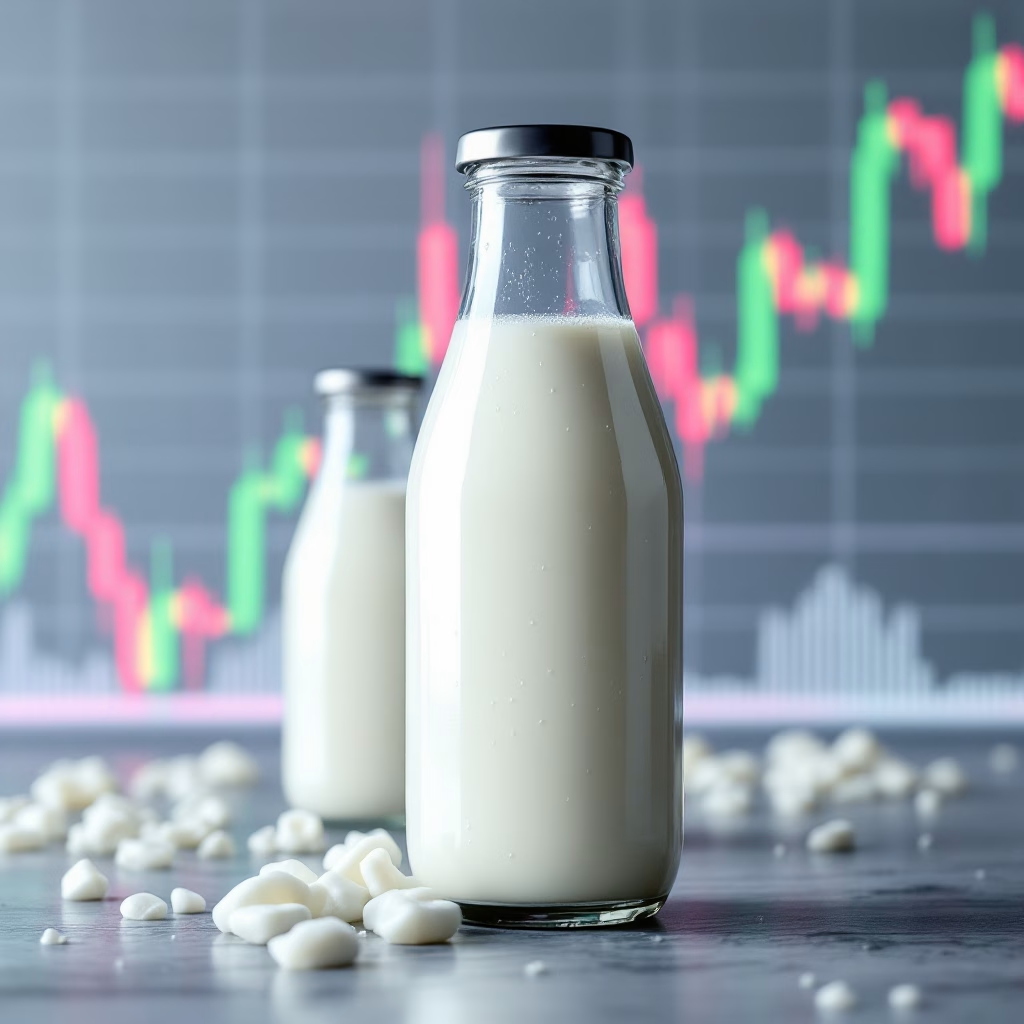
What happens when the foundation of America’s dairy industry experiences an unexpected drop? The November 2024 Milk Production report surprised many experts with a surprising decrease. Nationwide milk production fell by 1.0% from the previous year, going against predictions and causing market concerns. This unexpected drop has created discussions about supply issues and market changes. As industry players try to adjust, the question is: Could this unexpected change have more effects on the availability and prices of dairy products in the coming months? Despite this challenge, the dairy industry has shown resilience in the face of adversity, instilling hope for the future.
Avian Flu Ripples: California’s 9.2% Milk Production Plunge Exposes Dairy Sector Vulnerabilities
The 1.0% drop in U.S. milk production for November 2024 was unexpected since a 0.2% increase was predicted. This decrease is mainly due to the avian flu outbreak in California, which caused the state’s milk production to fall by 9.2%—the most significant drop since 1950. The U.S. Department of Agriculture’s report highlights the seriousness of these numbers, showing a significant change from standard production patterns. While California saw this significant drop, the rest of the country had a more minor 0.8% increase in production. These figures show how local health issues can significantly affect national farming outputs, highlighting the importance of firm backup plans and flexible strategies in the dairy industry.
California Dairy Crisis: Navigating the Post-Bird Flu Challenges and Market Volatility
As of December 17, bird flu had hit 645 of California’s 1,070 dairy herds, with only 56 out of quarantine after testing negative for 30 days. The number of affected herds grew from 203 on November 1 to 461 by November 27, causing a significant drop in milk production. The USDA reported a 9.2% yearly drop in California milk production, the most significant decline recorded. This decline overshadowed some growth in other states, leading to a 1% decrease in U.S. milk production, totaling 17.2 billion pounds in November, which was lower than expected. The milk cow herd also dropped by 5,000 from October to November. This significant drop in California’s milk production has profound implications for the dairy market, potentially leading to supply shortages and increased prices.
Yesterday, California Governor Gavin Newsom announced a state of emergency because of the quick spread of bird flu. This is to help fund state and local efforts to fight the disease. The bird flu outbreak is a highly contagious avian disease that has rapidly spread across California’s dairy herds, causing significant disruptions to milk production. As the top milk producer, changes in California affect both national and global dairy supply. The recent 9.2% drop, the state’s most enormous, is mainly blamed on the bird flu, which is also causing safety worries on farms. This issue affects the whole country, forcing California’s dairy farms to use resources to fight the outbreak.
California might take until 2025 to recover from the virus outbreak before returning to normal production levels. This raises worries about the availability and cost of dairy products in the U.S. Right now, it’s uncertain as other states try to make up for California’s shortfall. This has led to ongoing talks among experts about future dairy prices and stock levels nationwide.
Market Whiplash: Navigating the Ripple Effects of the November Milk Production Report
The November Milk Production report caused a burst of activity in the market, especially with a flurry of buying in the futures market. In a remarkable instance, over 100 Class III milk contracts were traded just ten minutes after the report was released, pushing prices 40 cents higher than the day’s settlement at 1:10 PM. This quick reaction shows how sensitive traders are to changes in milk production, especially when milk output is down.
Regarding market feelings, pessimistic (bear) and optimistic (bull) views provide essential insights. The market bears focus on California’s drop in production, which decreased Cheese and Butter prices, hitting their lowest level in 10 months in November. These bears worry that demand is weak, worsened by the busy holiday season.
On the other hand, market bulls might see this situation as an opportunity. They might argue that previous stock could have helped balance supply changes and that future trading reflects strategic planning rather than panic. The difference between the views of bears and bulls highlights broader uncertainties in market feelings: caution due to current production limits versus optimism based on stock management and hopeful future recovery. This emphasis on strategic planning empowers the industry to navigate these uncertain times confidently.
Ultimately, these different perspectives show the underlying uncertainties in the dairy market, particularly about product availability as the industry moves into the first quarter of the new year. The quick and initial market surge followed by a calmer period points to a cycle of fast adaptation balanced by broader strategic thoughts within the trading community.
Wake-Up Call for Dairy Farmers: Navigating the Ripple Effects of Dwindling Production
The November Milk Production report highlights a decline and serves as an urgent wake-up call for dairy farmers. As the industry deals with these numbers, it must immediately consider the nationwide short—and long-term effects on dairy operations.
In the short term, dairy farmers should prepare for a chaotic market. With milk production dropping and California’s issues worsening, the industry might face price pressures due to scarcity. If supply chains get tight, this could result in higher costs or less profit. Farmers must closely monitor their production cycles, possibly boosting milk yields with better herd management and feeding strategies while monitoring market prices.
Diversification is essential for long-term success. Farmers might consider increasing their product range by making value-added products like cheese or yogurt, which might help when raw milk prices fluctuate. Cooperative alliances could also give farmers better bargaining power and access to more significant markets. Technology can also be crucial during these uncertain times. Data analytics and precision farming tools can offer valuable insights into production trends, aiding farmers in making well-informed decisions.
Farmers must consider these trends seriously as we move through these uncertain times. How will fewer cows and lower productivity per cow impact your farm? Could this be a chance to innovate or improve your practices? The future is still open, but taking proactive steps and thinking strategically will be key to success. This call for proactive action is intended to motivate the audience to take charge of their future in the dairy industry.
Dairy professionals need to consider these changes, knowing that adaptability and foresight are crucial to overcoming current challenges and those to come. Let these figures spark reflection and strategic action within the dairy farmingcommunity.
Charting a Resilient Future: Strategic Adaptation in the Dairy Industry
The future of milk production and the broader dairy market can be seen differently. The November statistics are concerning but allow us to think and plan strategically. One potential outcome is a slow recovery as California, a key player due to its infrastructure, stabilizes after the bird flu crisis. The timeline for recovery and growth will largely depend on how quickly the state can control further outbreaks and return to normal production levels.
Another important aspect is the role of new technology in improving dairy farming. Innovation is crucial for increasing productivity, and using advanced technology might speed up recovery. This could include better managing herd health through advanced tools, increasing milk yield per cow, and compensating for any decrease in cows.
Additionally, market trends may be influenced by changes in consumer demand, regulations, and global market pressures. If demand remains low, producers might need to find new markets or create interesting dairy products to attract consumers. Producers should also consider potential policy changes impacting production methods and costs.
For dairy farmers and industry experts to rethink strategies and operations now. Diversifying product offerings, investing in technology, and maintaining strong health protocols on farms can help protect against future issues. As you face these challenges, consider how adapting to these changing conditions could protect and boost your profitability.
Ultimately, succeeding in uncertain times relies on being adaptable and proactive. By expecting changes and preparing for them, the dairy industry can handle current difficulties and become stronger and more resilient.
The Bottom Line
The November 2024 U.S. milk production report highlights the fragile and unpredictable nature of the dairy industry. With total production down by 1% and California’s drastic 9.2% drop due to bird flu, it’s clear that both environmental factors and market changes can quickly alter long-standing beliefs. As these effects continue to influence market stability and the supply of essential dairy products, staying informed and ready is more important than ever.
If you’re heavily involved in the dairy industry, consider this: What changes will you make to succeed in this changing environment? Adjusting and developing new ideas helps you survive and set the stage for future success.
Learn more:
- Is 2024 Shaping Up to Be a Disappointing Year for Dairy Exports and Milk Yields?
- 2024’s Shocking Milk Price Trends: Declining Production and Surprising Market Gaps
- Global Milk Supplies Expect to be Stable for the Remainder of 2024
 Join the Revolution!
Join the Revolution!
Bullvine Daily is your essential e-zine for staying ahead in the dairy industry. With over 30,000 subscribers, we bring you the week’s top news, helping you manage tasks efficiently. Stay informed about milk production, tech adoption, and more, so you can concentrate on your dairy operations.







 Join the Revolution!
Join the Revolution!
